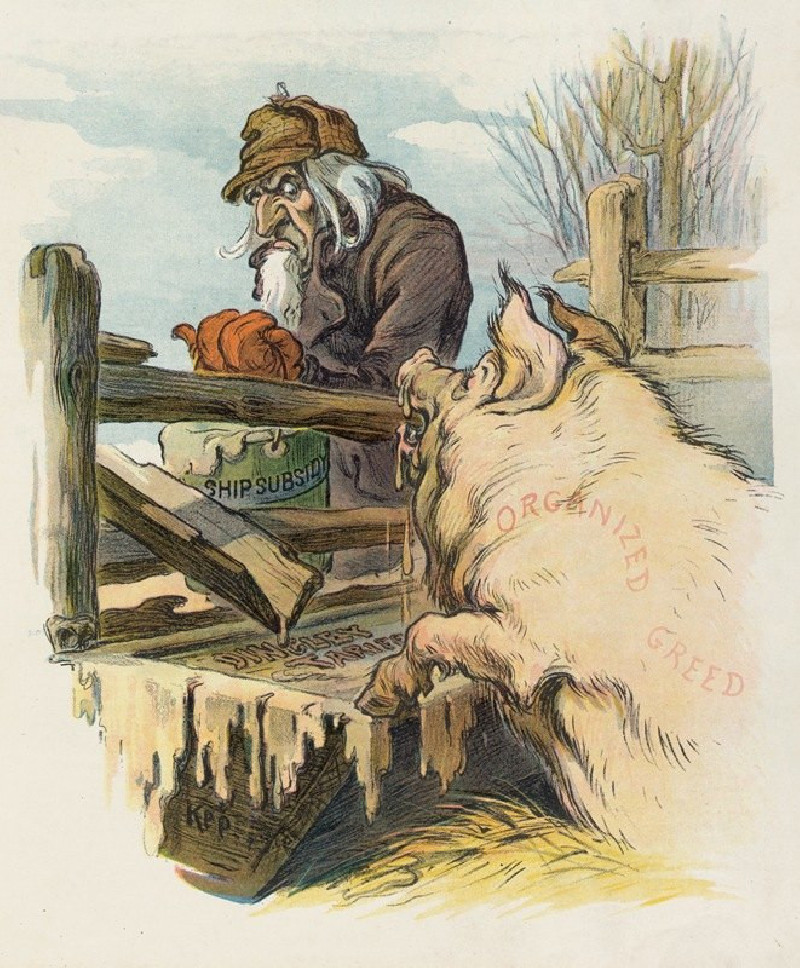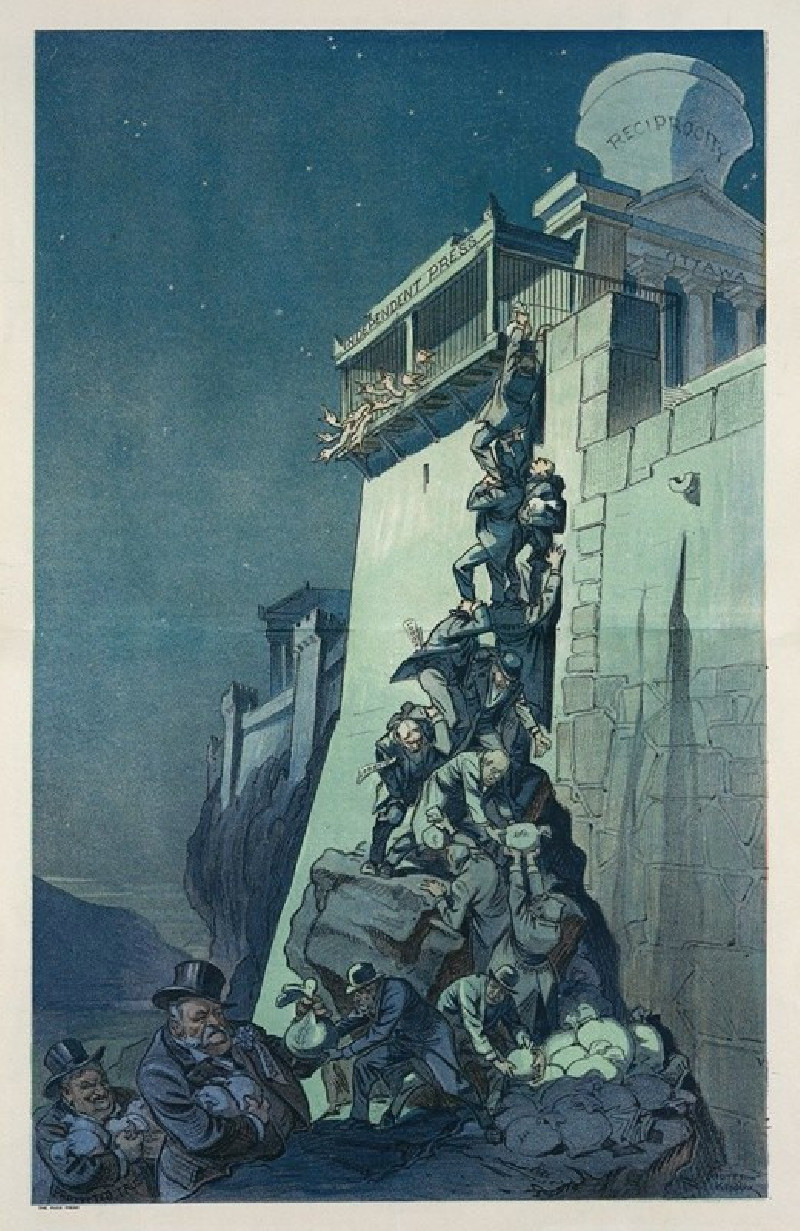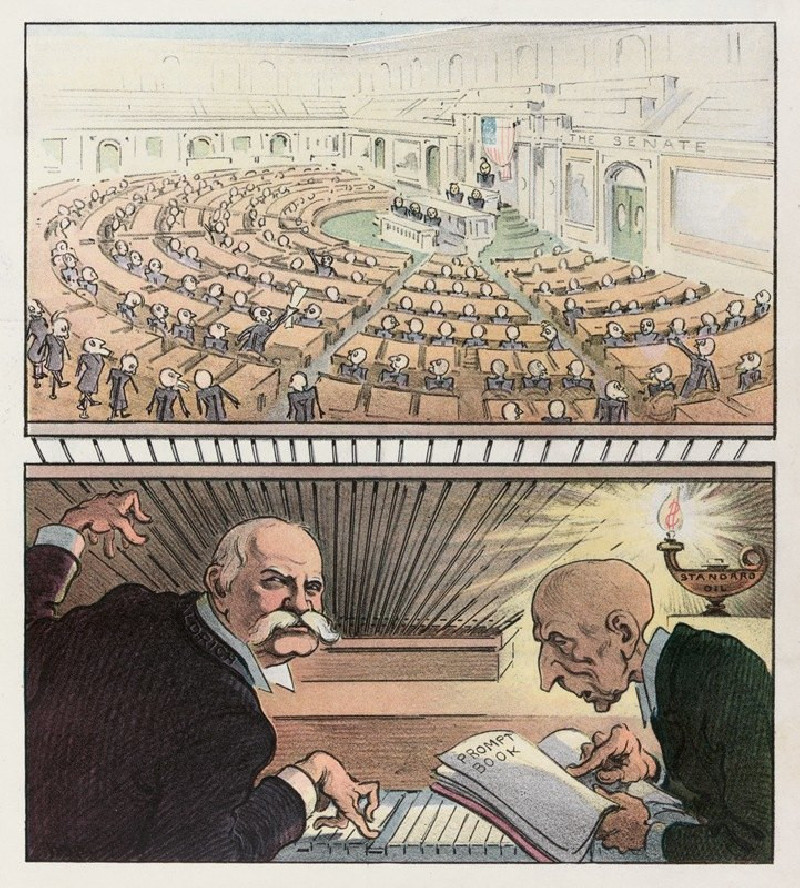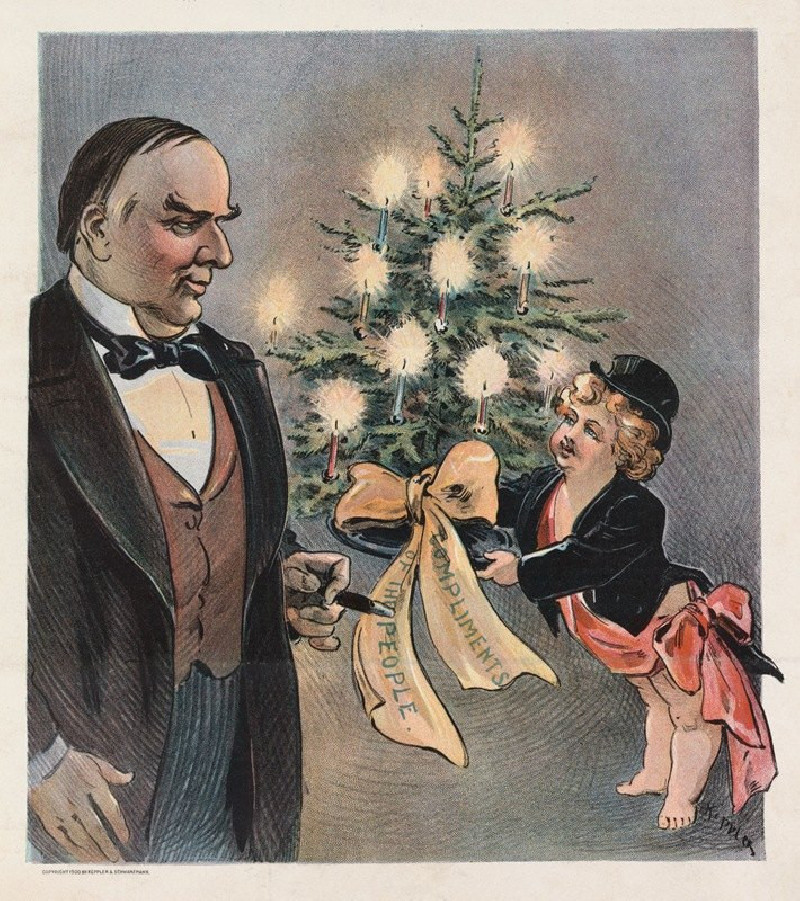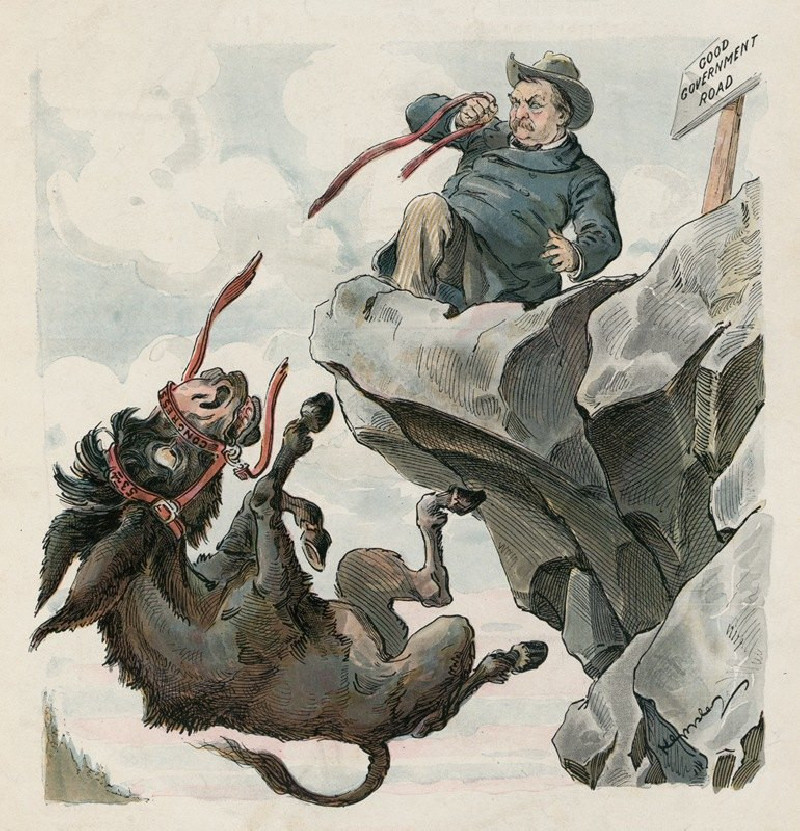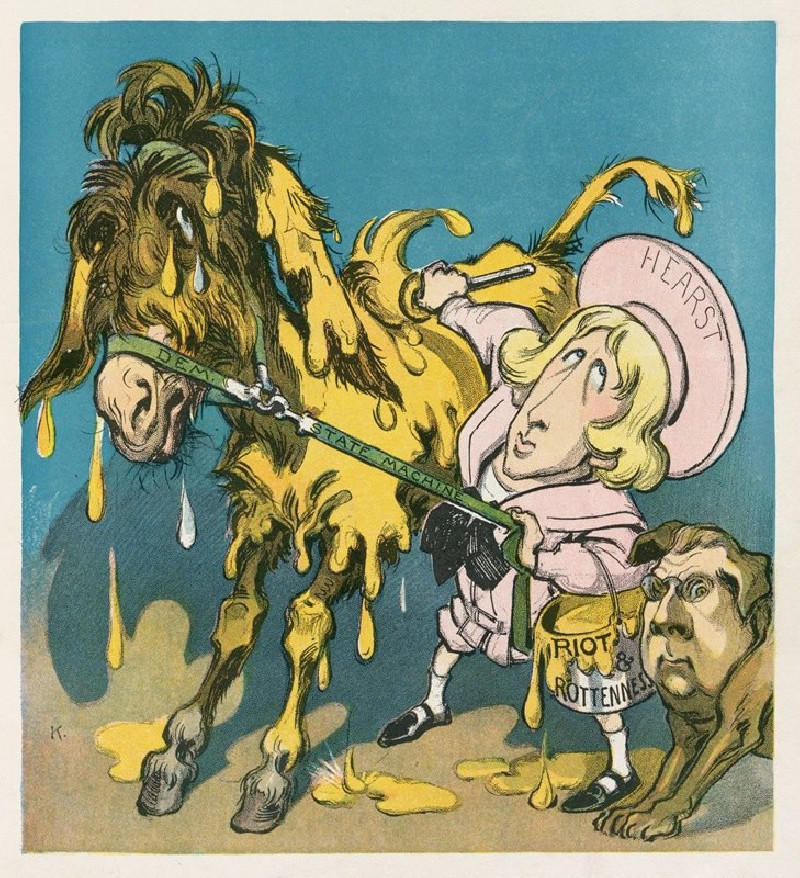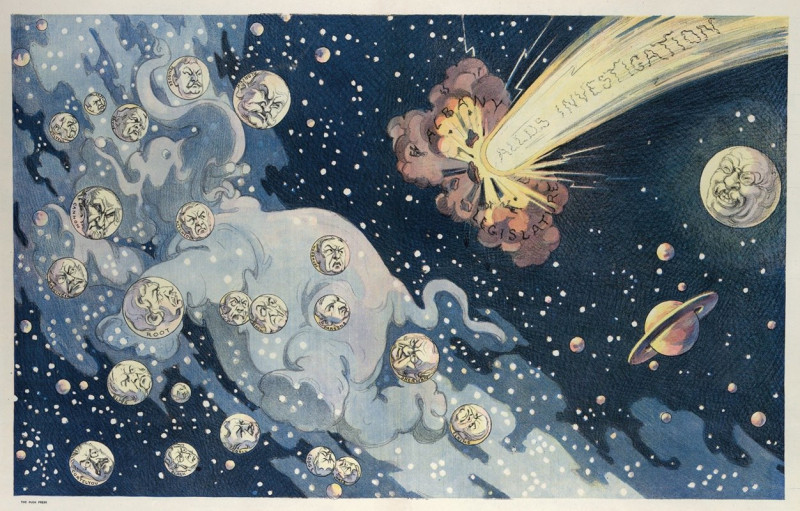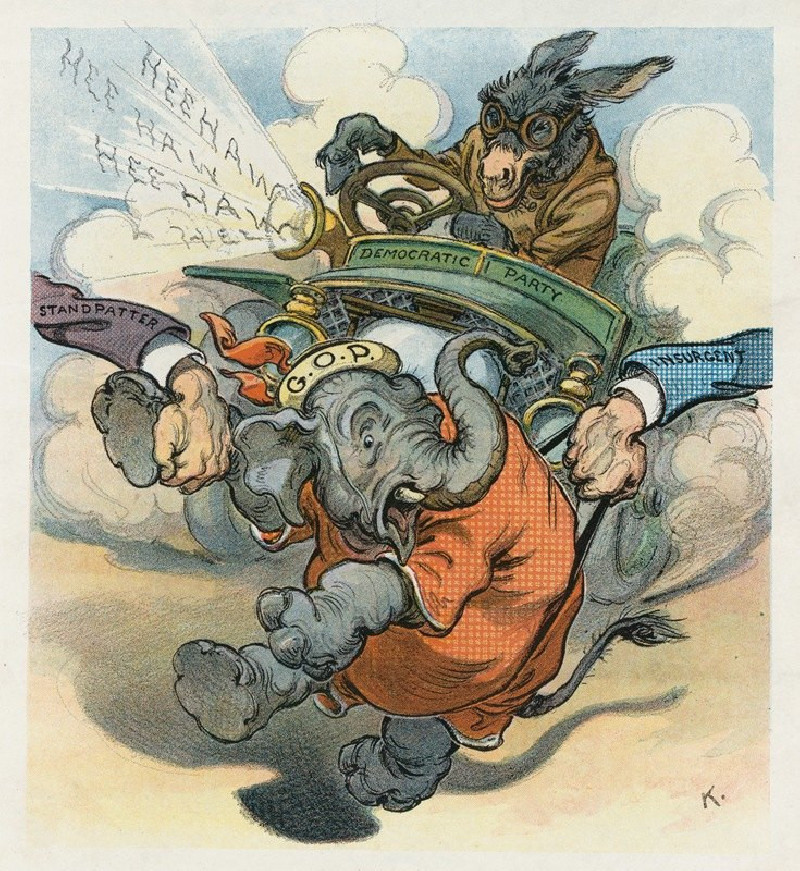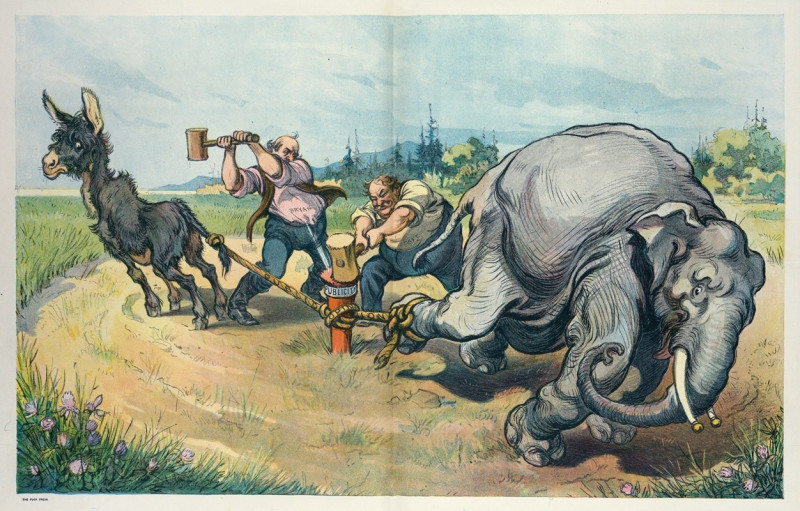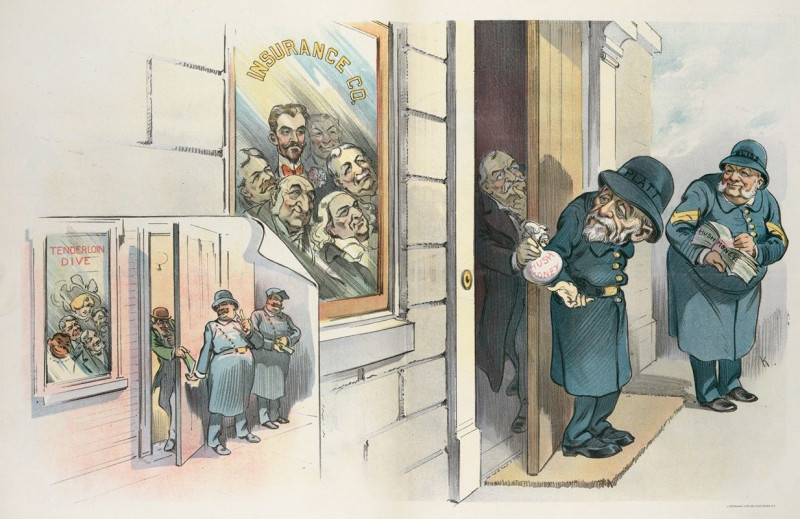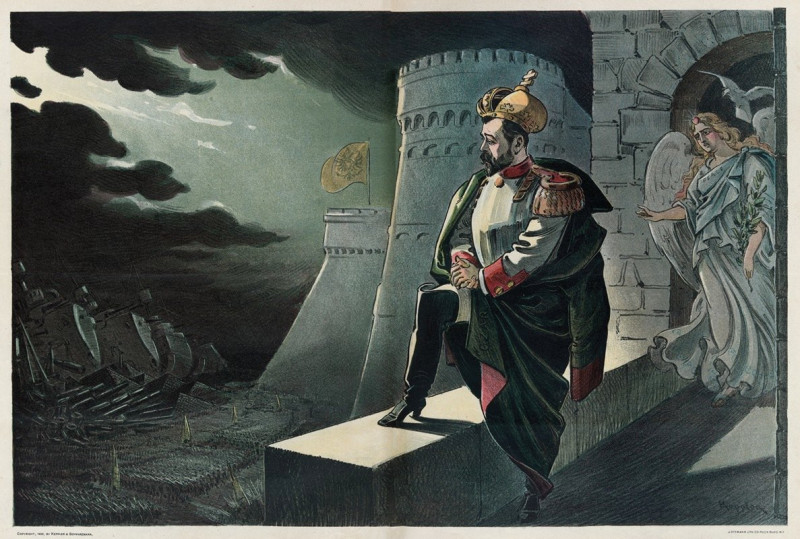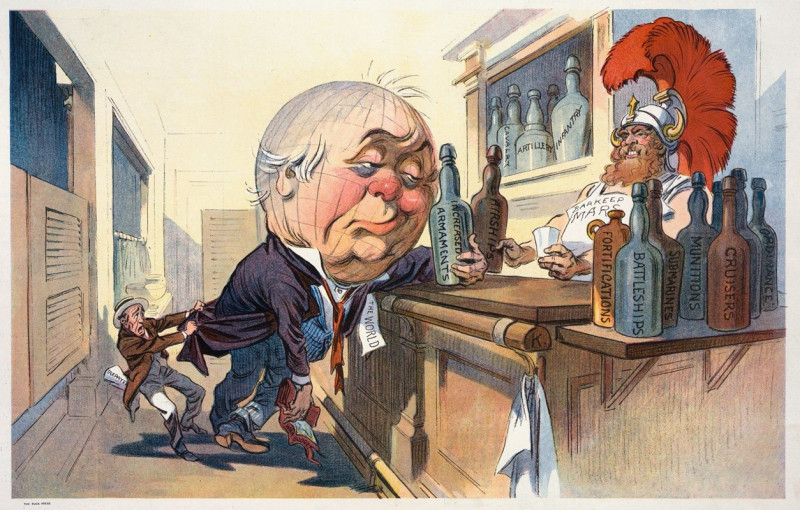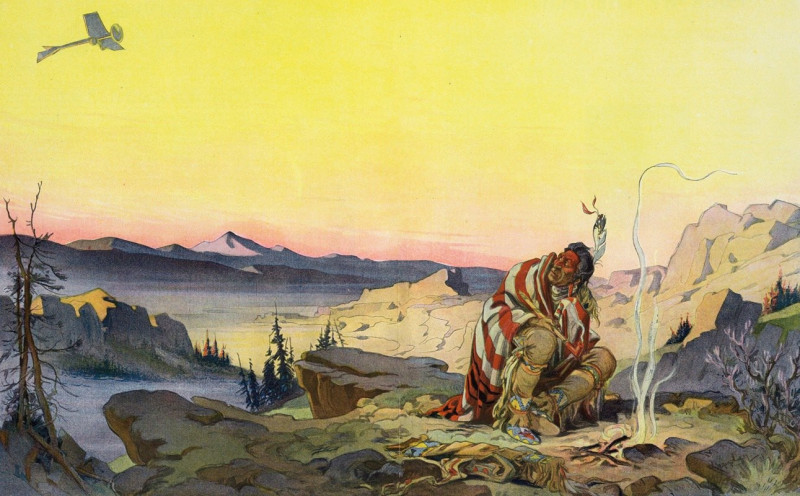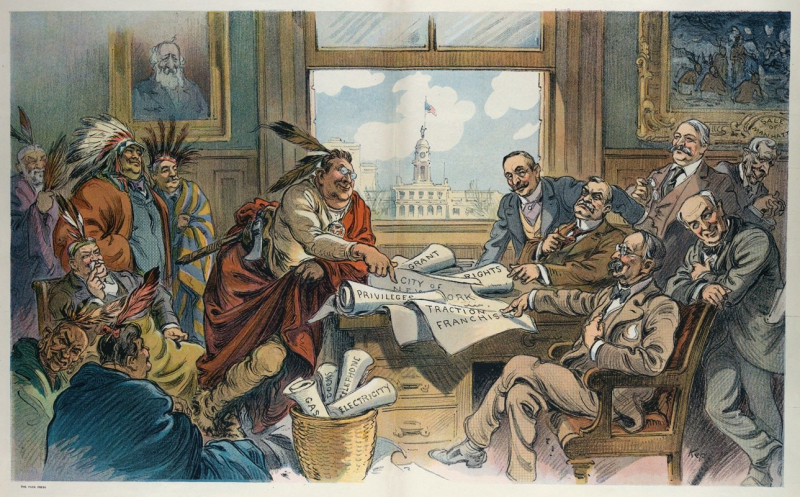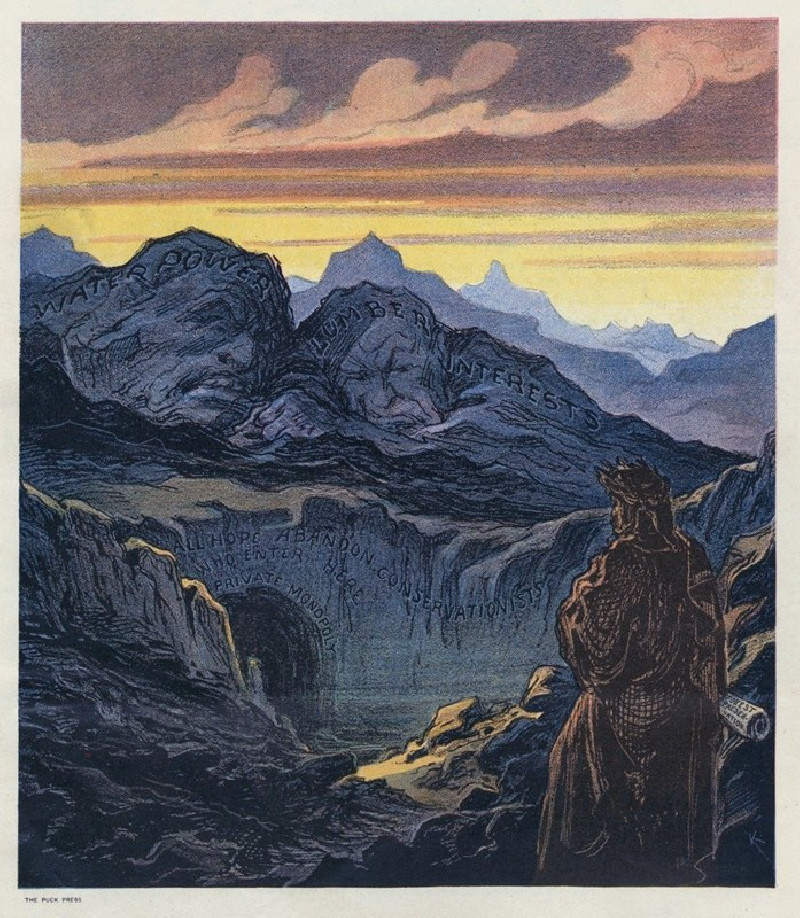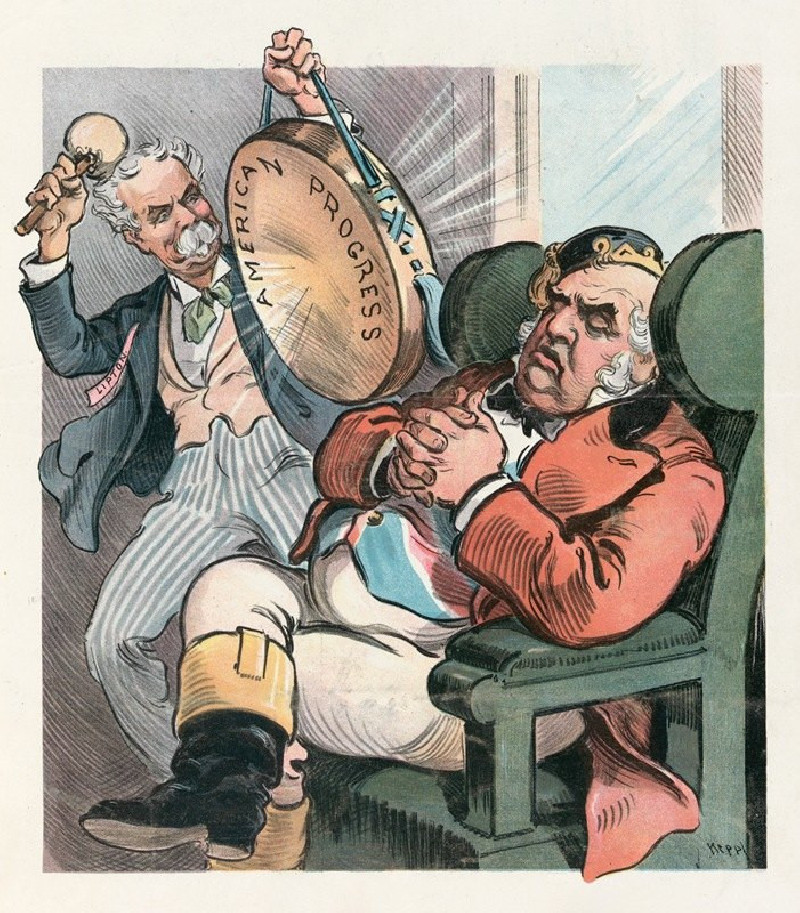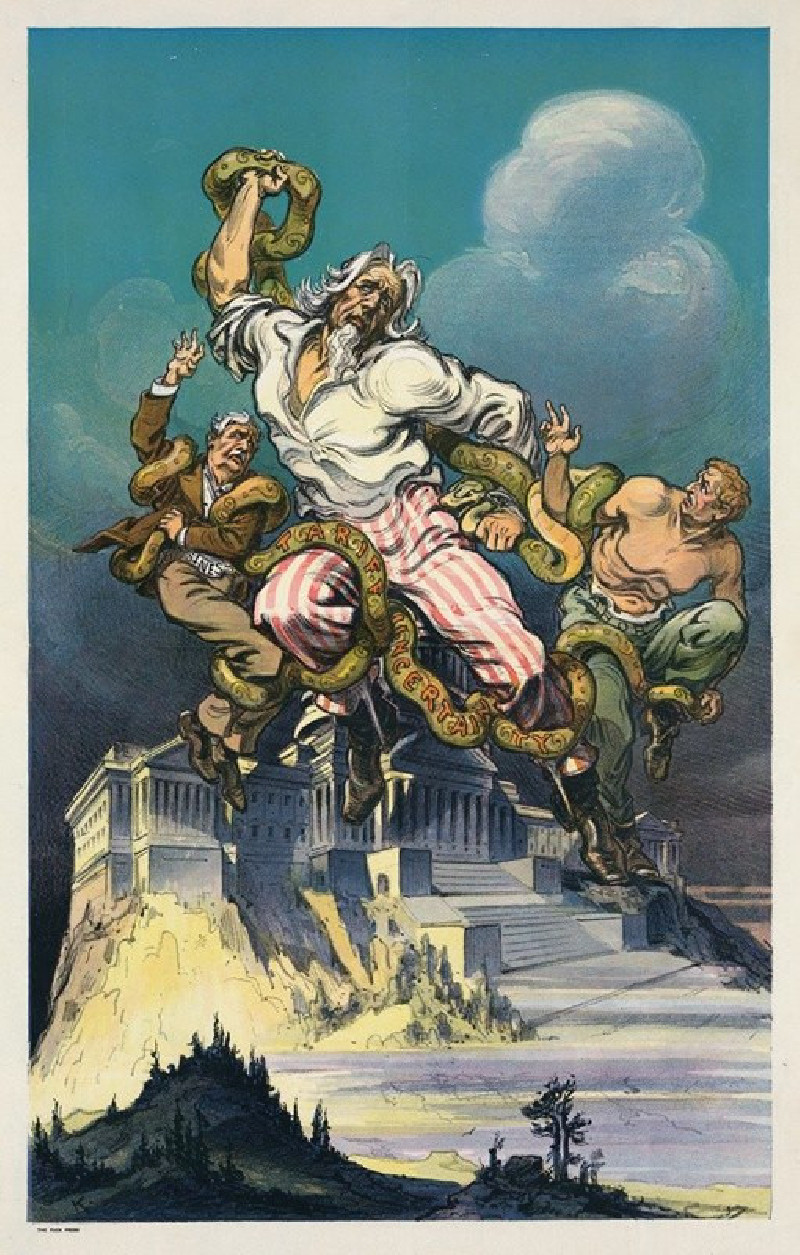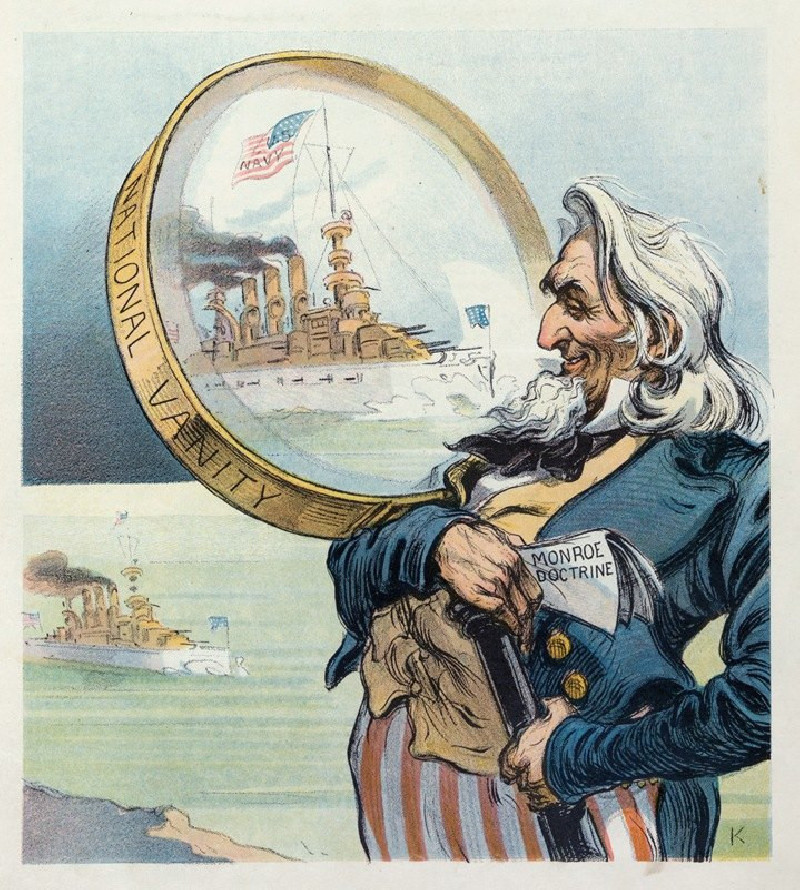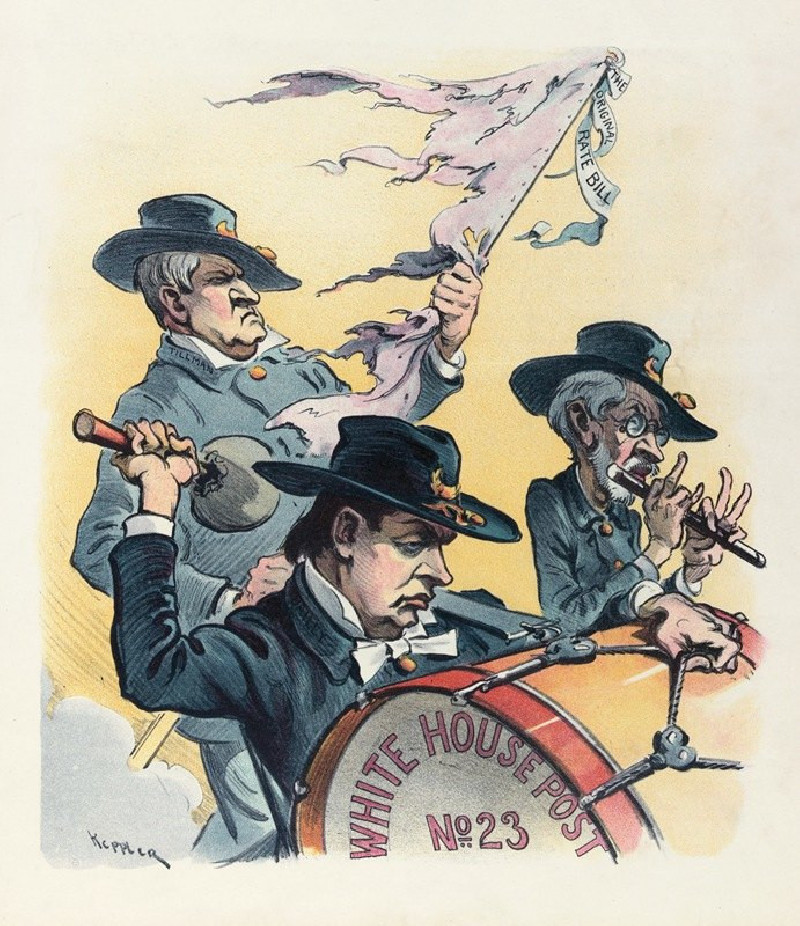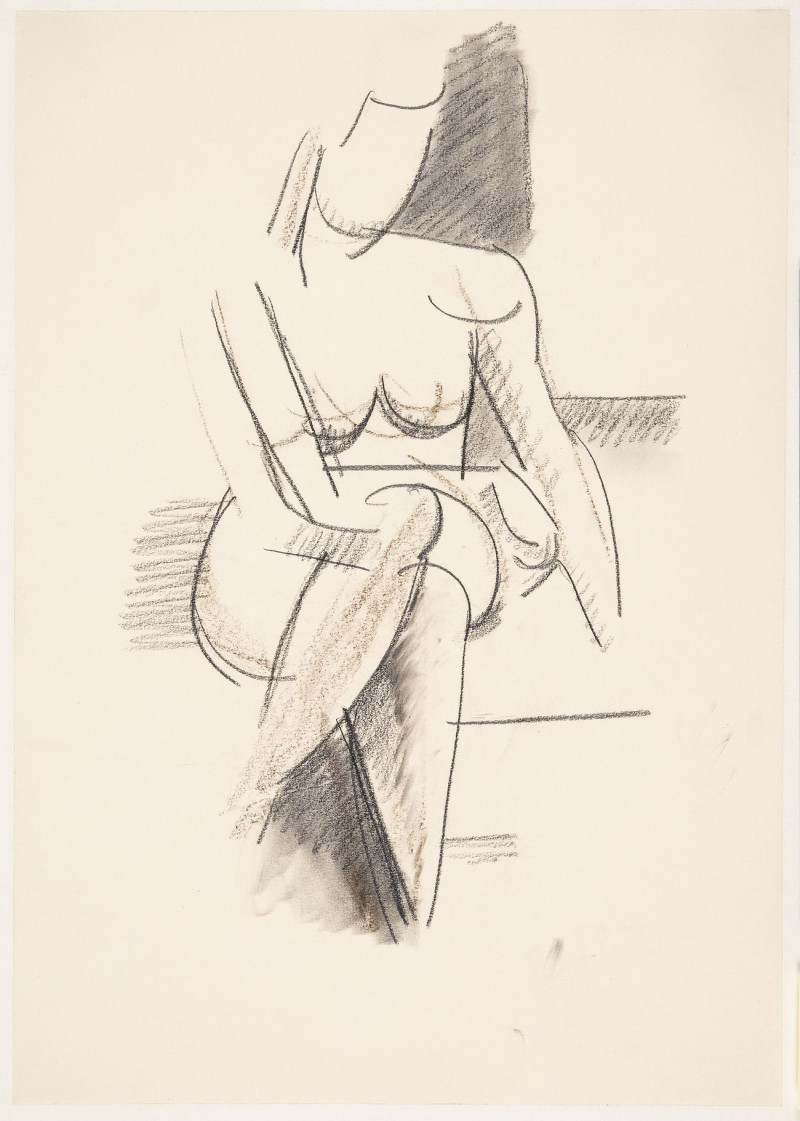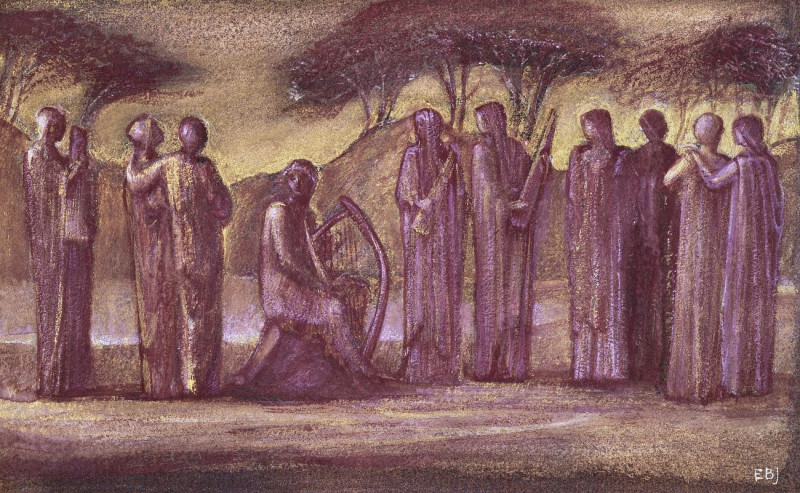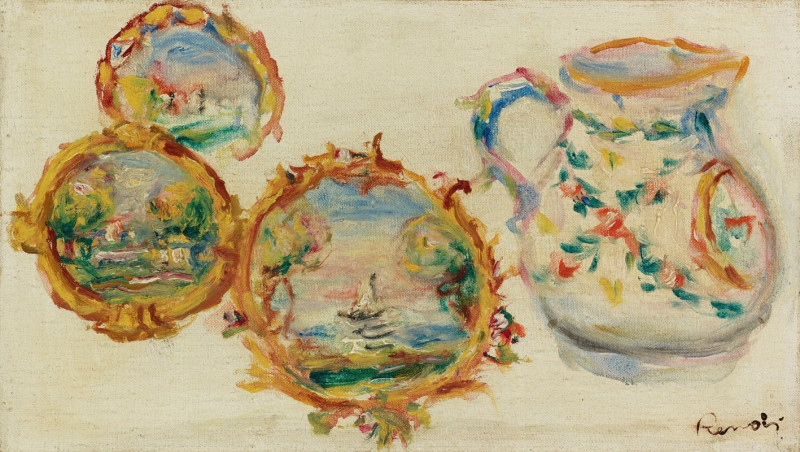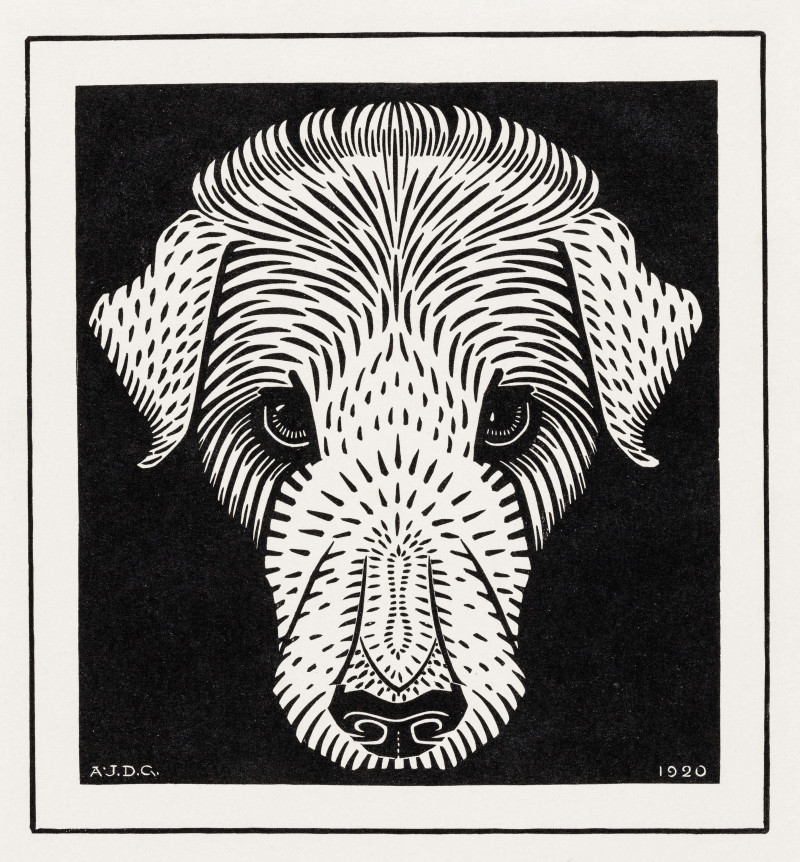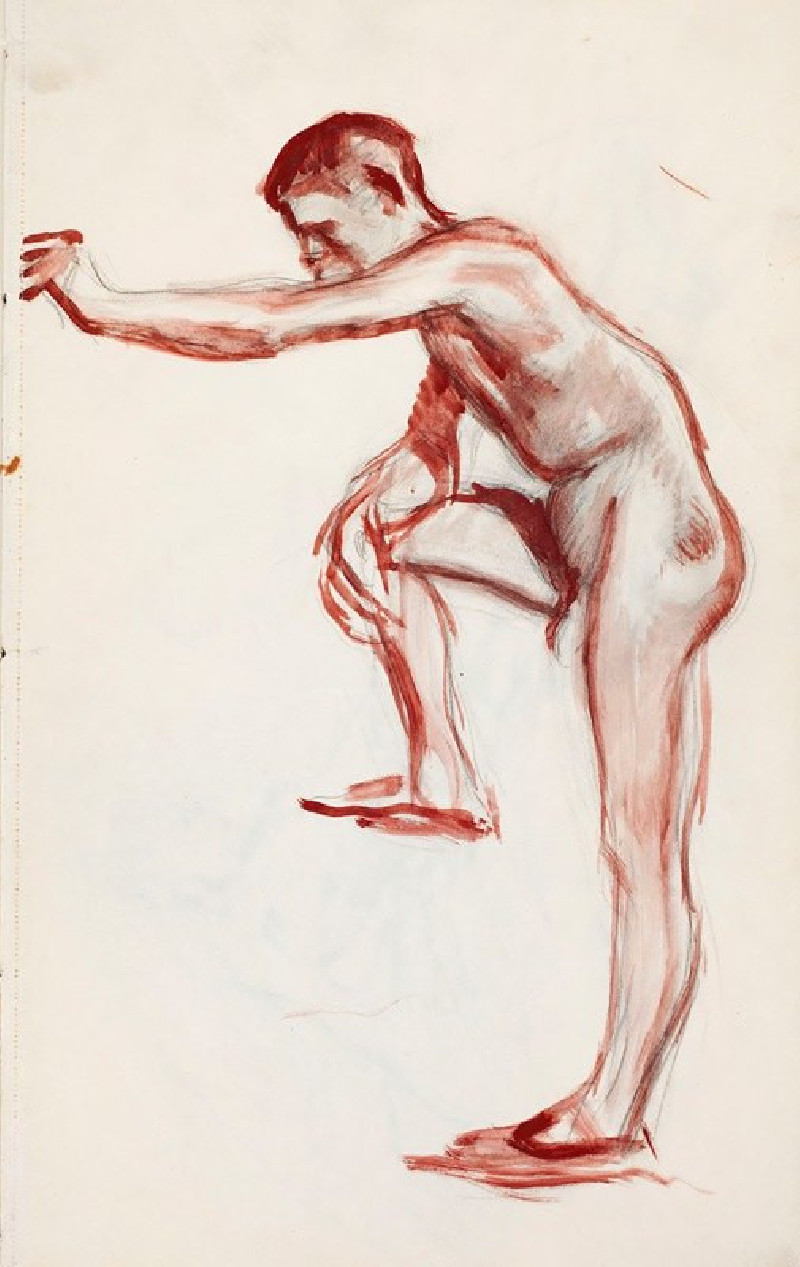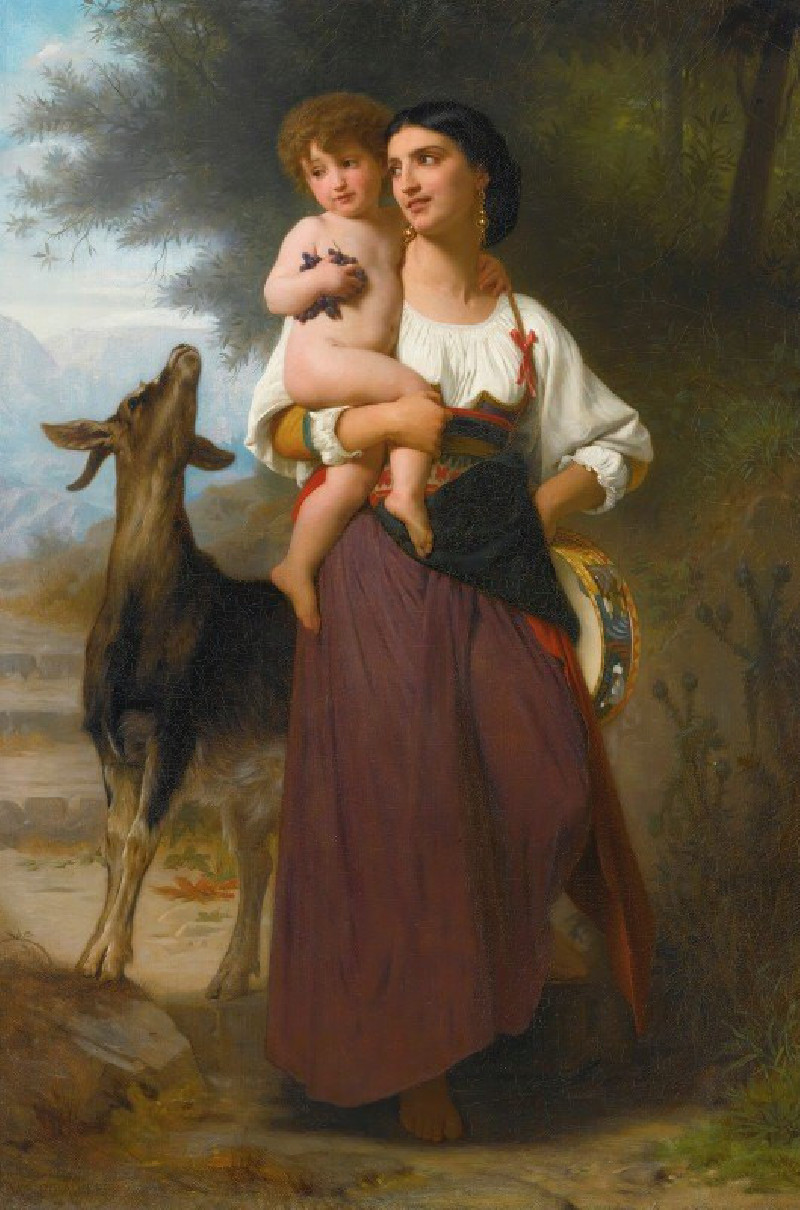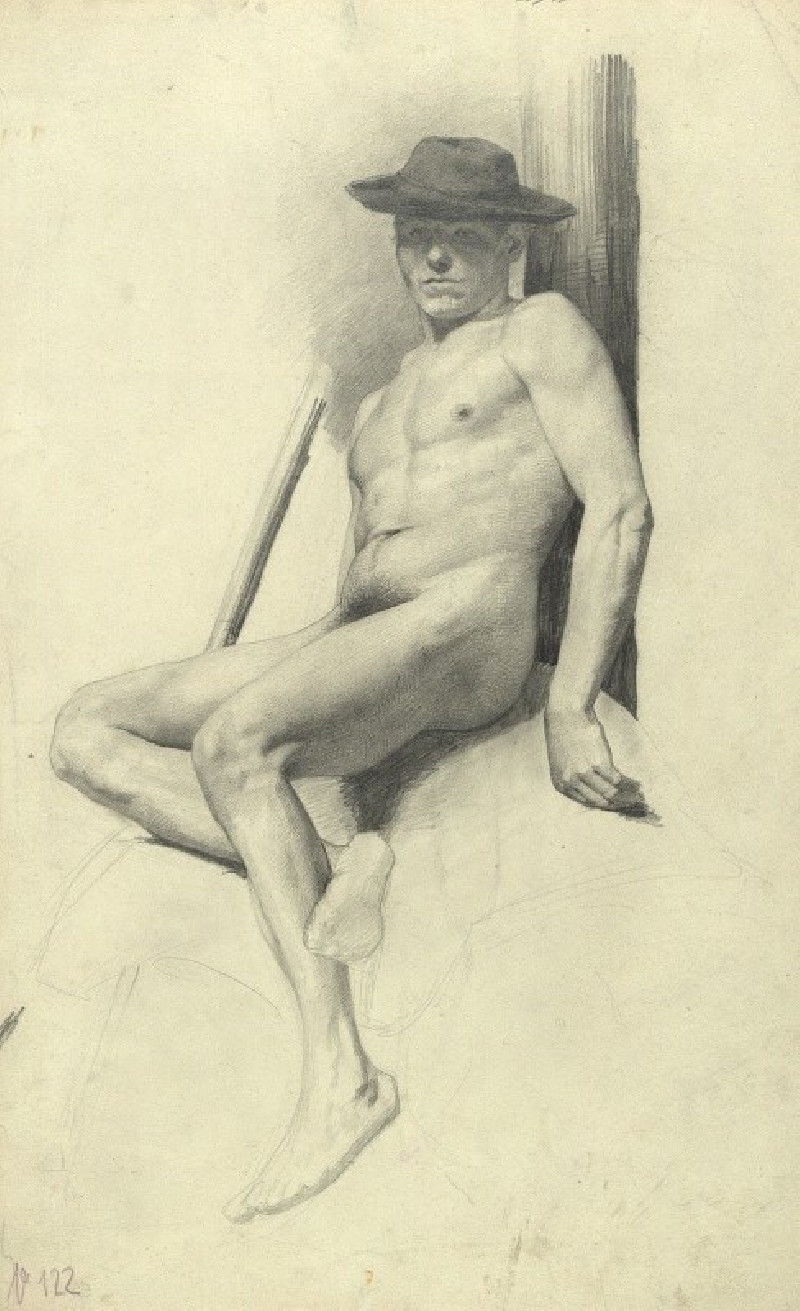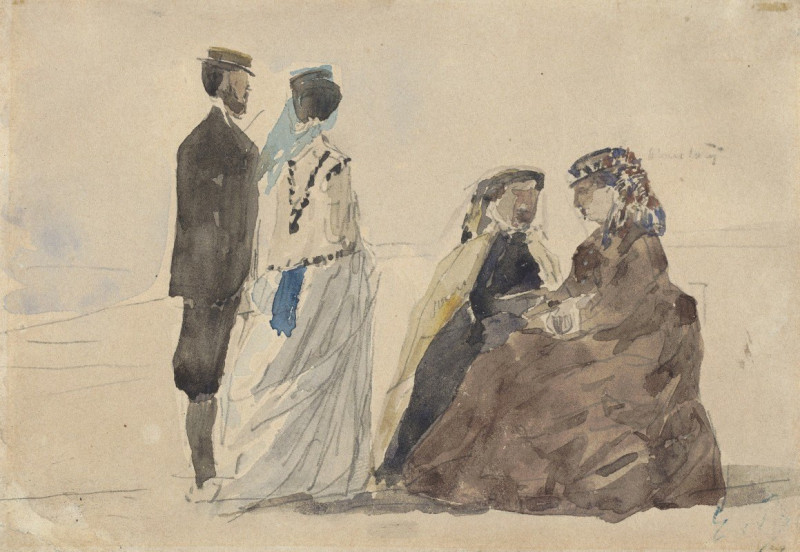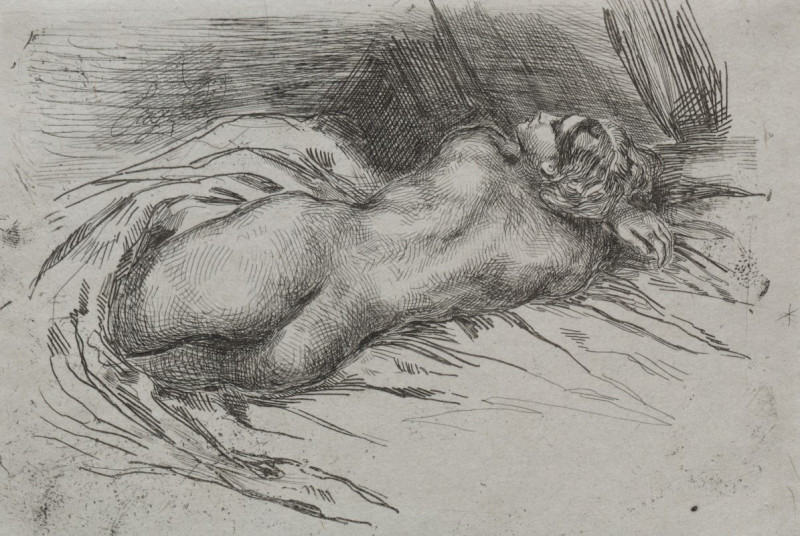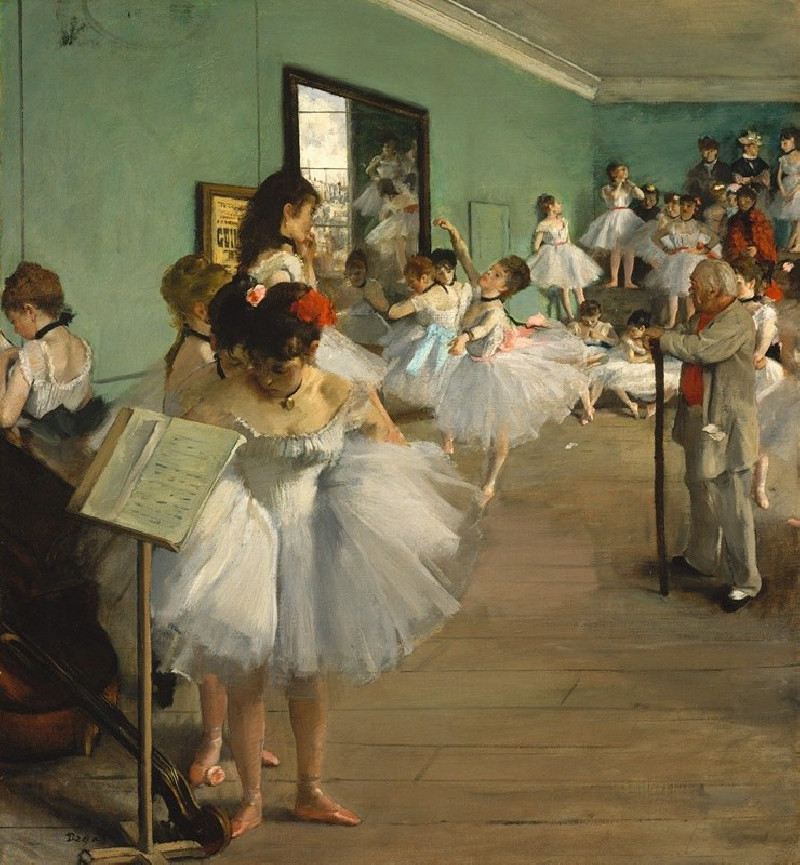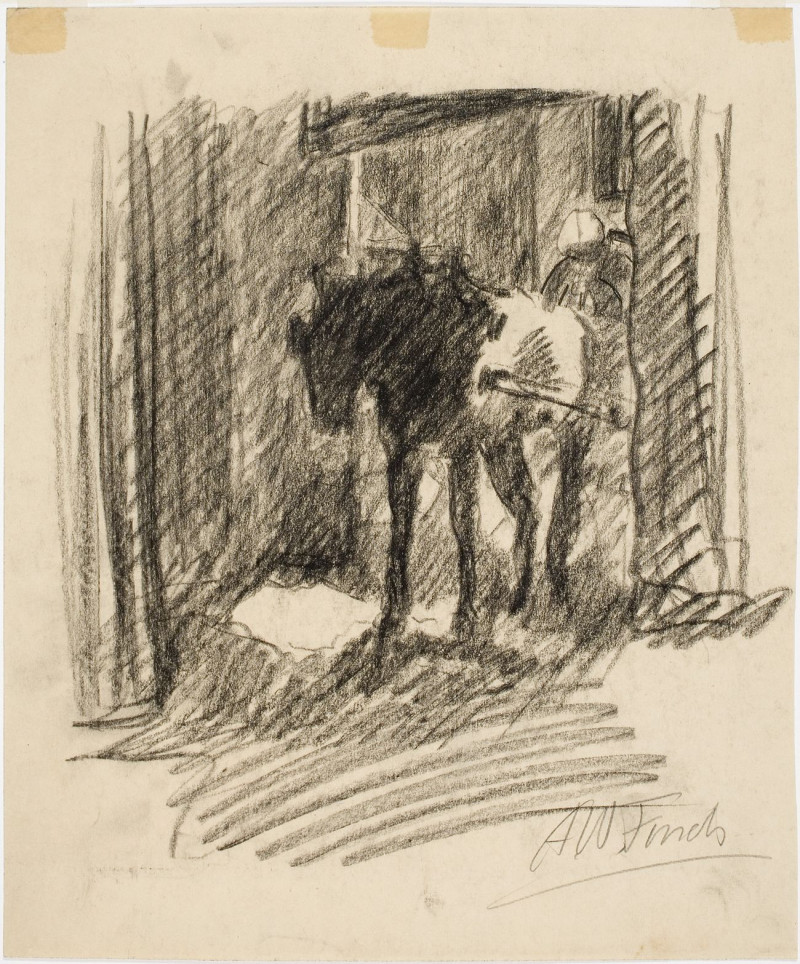Don’t yer ever git enough, yer durn hog (1907)
Technique: Giclée quality print
Recommended by our customers
More about this artwork
Udo Keppler’s painting "Don’t yer ever git enough, yer durn hog" (1907) remains an evocatively sharp social commentary from the early 20th century. Through vivid imagery and incisive symbolism, Keppler, renowned for his satirical prowess, portrays the enduring theme of corporate and political greed.In this compelling artwork, a large, robust pig – meticulously labeled "Organized Greed" – is depicted fervently feeding at a trough. This trough spills over with swill, underlining the excess that marks the pig’s consumption. Above the trough, various boxes labeled "SHIP SUBSIDY" suggest government policies that perhaps disproportionately favor wealthy industrialists or corporations at the public's expense.Capturing our attention as well is an old man, who looks wearily upon the gluttonous hog. His expression is one of resignation and disdain, possibly representing the common man’s helplessness or frustration in the face of rampant greed. His position outside the fence, separated from the trough, effectively highlights his exclusion from the benefits being devoured by the pig.Keppler’s use of vibrant colors and dynamic composition not only attracts the viewer's eye but also serves to emphasize the sharp critique of social inequalities and unbridled capitalism prevalent in his time. This painting not only acts as a historical reflection but also resonates with contemporary issues, making it a timeless piece to reflect upon the complexities of economic and political power structures.By integrating art with social criticism, Keppler invites viewers to question and analyze not just the depicted scenario but also its implications in their own times.
Delivery
Returns
Udo J. Keppler, since 1894. known as Joseph Keppler, Jr., was an American political cartoonist, publisher, and Native American advocate. The son of cartoonist Joseph Keppler (1838–1894), who founded Puck magazine, the younger Keppler also contributed to cartoons, and after his father's death became co-owner of the magazine under the name Joseph Keppler. He was also a collector of Native American artifacts.

